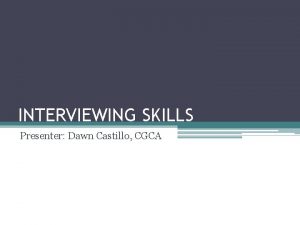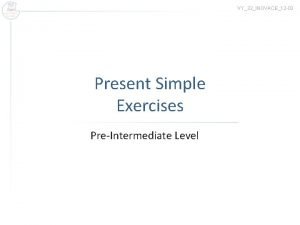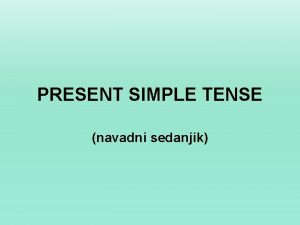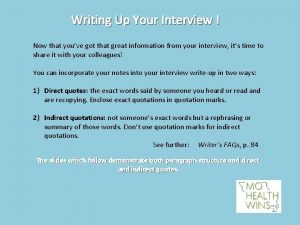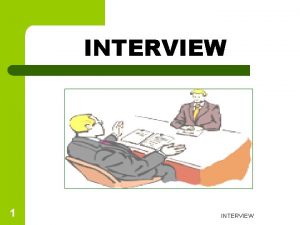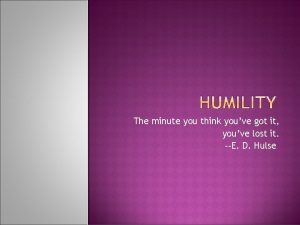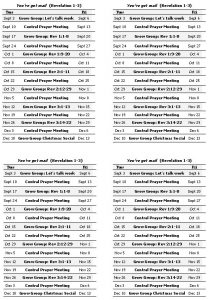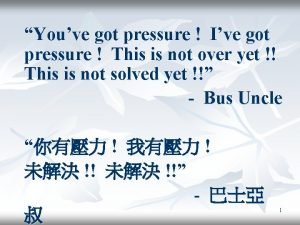Writing Up Your Interview Now that youve got









- Slides: 9

Writing Up Your Interview ! Now that you’ve got that great information from your interview, it’s time to share it with your colleagues! You can incorporate your notes into your interview write-up in two ways: 1) Direct quotes: the exact words said by someone you heard or read and are recopying. Enclose exact quotations in quotation marks. 2) Indirect quotations: not someone’s exact words but a rephrasing or summary of those words. Don’t use quotation marks for indirect quotations. See further: Writer’s FAQs, p. 95 The slides that follow demonstrate both paragraph structure and direct and indirect quotes.

To start with, just read the paragraph on the following slide for your enjoyment . It is a selection from a paper written for an Eng 101 observation/interview assignment. The interview was to be with someone in a workplace environment. This student was able to interview a surgical technologist and shadow her in the operating room. After the interview, she was asked to write to the head of the department when she completed her coursework because a job would be waiting!

Read for enjoyment: In the following pages you’ll see paragraph structure and two methods of quotation in practice.

Example of a Topic Sentence

Direct Quote – the speaker’s exact words : Again, Writer’s FAQs has good coverage for punctuating quotations. Start on p. 95, and study the way commas, periods, and quotation marks are used!

Indirect Quote – reporting the information you learned:

Conclude your paragraph !

Altogether now ! Again, Writer’s FAQs has good coverage for punctuating quotations. Start on p. 95, and study the way commas, periods, and quotation marks are used!

Now’s the time to return to your notes or your recording from your interview to mine that treasure trove for important information. Then write your draft! Give your reader a sharp impression of the workplace environment and position of your interviewee, using great paragraph structure, description, and direct and indirect quotes! Don’t forget: you have an assignment sheet and rubric to guide you and Writer’s FAQs as a tool to help you with punctuating your quotes. Looking forward to learning from your writing! This document is 100% funded by the Mo. STEMWINs $19. 7 million grant from the U. S. Department of Labor, Employment and Training Administration (TAACCCT). The product was created by the grantee and does not necessarily reflect the official position of the U. S. Department of Labor. The Department of Labor makes no guarantees, warranties or assurances of any kind, express or implied, with respect to such information, including any information on linked sites and including, but not limited to, accuracy of the information or its completeness, timeliness, usefulness, adequacy, continued availability, or ownership. This work is licensed under a Creative Commons Attribution 4. 0 International License. Revised, 3. 21. 2017

